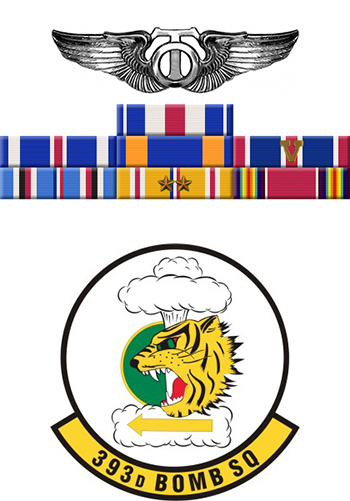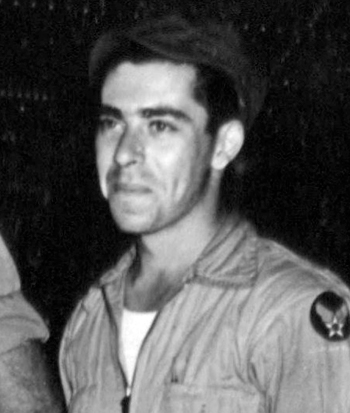
|
Jacob Beser |
 |
|||
| Rank, Service | ||||
1st Lieutenant, U.S. Army Air Forces |
||||
| Veteran of: | ||||
|
||||
| Tribute: | ||||
Jacob Beser was born on May 15, 1921, in Baltimore, Maryland. He attended John Hopkins University in Baltimore where he studied mechanical engineering from 1938 to 1941, and then enlisted in the Aviation Cadet Program of the U.S. Army Air Forces on June 6, 1942. Beser completed Radio School at Scott Field, Illinois, and was commissioned a 2d Lieutenant in the U.S. Army Air Forces on October 3, 1942. He then attended the Radar Course at Boca Raton Field, Florida, from October 1942 to January 1943, followed by service as an Instructor with the Bomb Department at the Army Air Forces School of Applied Tactics at Orlando Army Airfield, Florida, from January to November 1943. His next assignment was as Assistant Communications Officer with the 9th Bomb Group at Orlando Army Airfield from November 1943 to March 1944, followed by service as a B-29 Superfortress Radar Observer with the 393rd Bomb Squadron of the 504th Bomb Group at Fairmont Army Air Field, Nebraska, from March to September 1944. Lt Beser moved with his unit to Wendover Field, Utah, from September 1944 to April 1945, and then deployed to North Field on Tinian from May to October 1945. During this time he flew combat as the Radar Countermeasures Officer on the B-29 "Enola Gay" when it dropped the first atomic bomb on Hiroshima, Japan, on August 6, 1945, and on the B-29 "Bockscar" when it dropped the second atomic bomb on Nagasaki, Japan, on August 9, 1945; making him the only crew member that flew on both atomic bombing missions. Lt Beser returned to the United States in October 1945, and served with the 393rd Bomb Squadron at Roswell Army Airfield, New Mexico, from November 1945 until his honorable discharge from the Army Air Forces on February 28, 1946. After leaving active duty, Beser worked for Sandia National Laboratories in New Mexico and then for Westinghouse Electric Corporation, which he retired from in 1985. He wrote the book "Hiroshima and Nagasaki Revisited" in 1988. Jacob Beser died on June 17, 1992, and was buried at Baltimore Hebrew Cemetery in Reisterstown, Maryland. |
||||
|
||||

